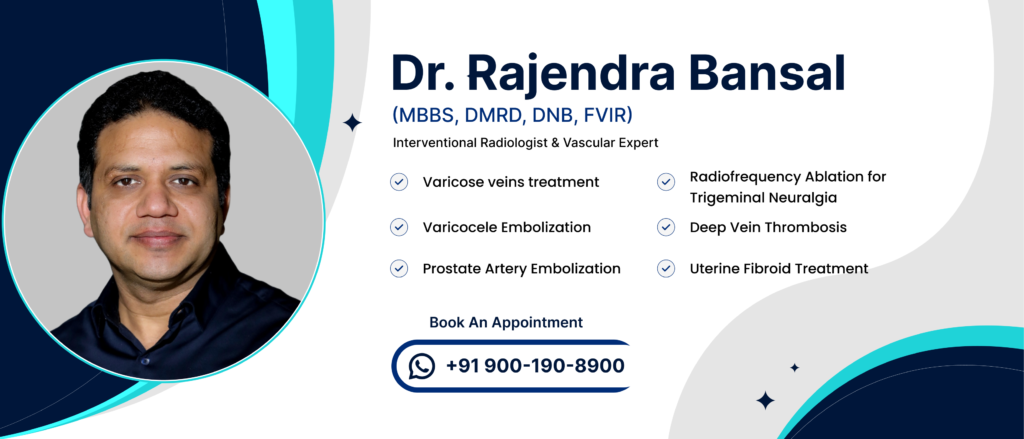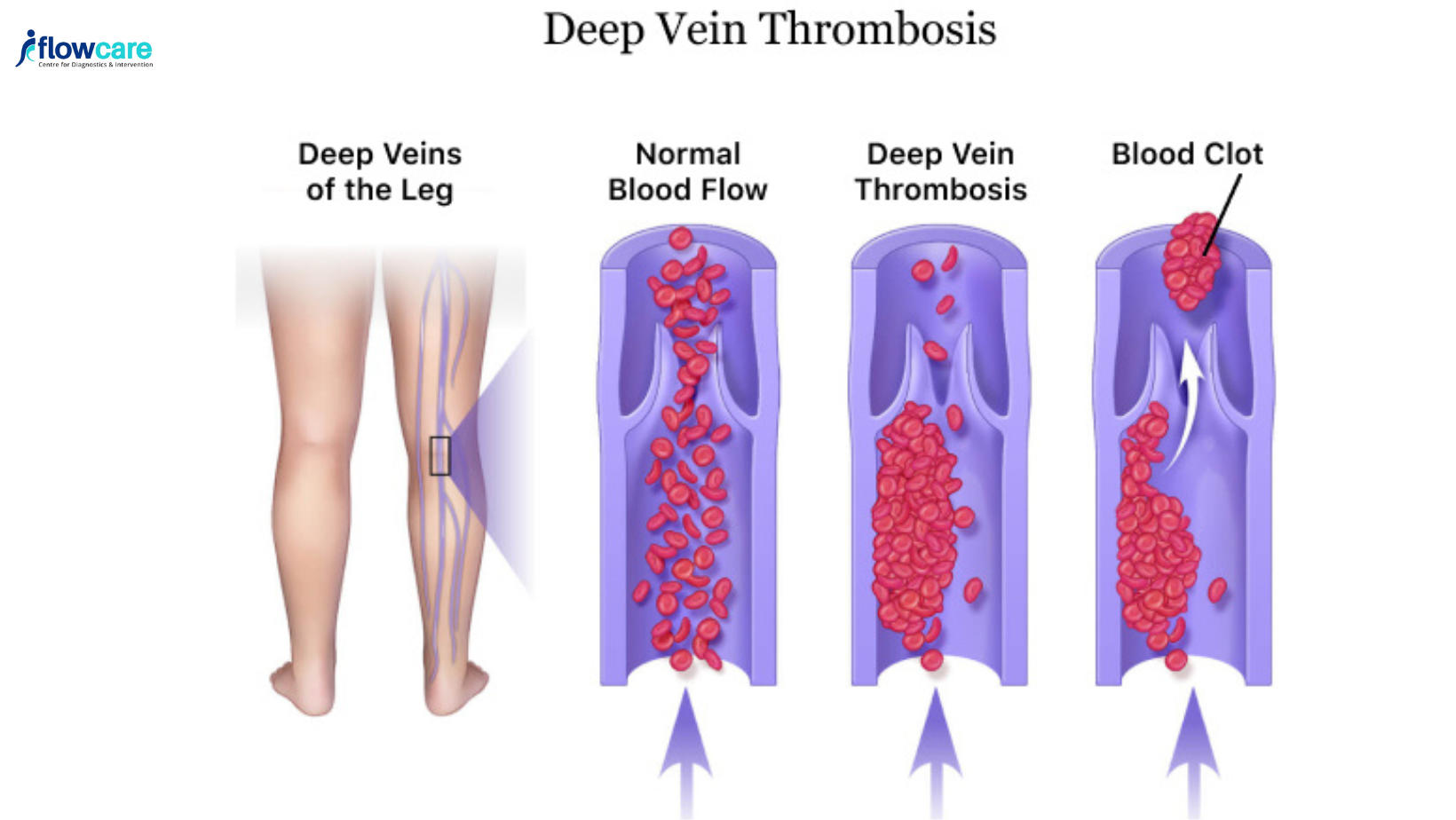
Prevention of DVT
Introduction
Deep vein thrombosis (DVT), also known as venous thrombosis, is a severe condition that affects millions of people. It occurs when a blood-clot forms in a deep vein, typically in the leg, and can cause excruciating pain, swelling, and even permanent damage to the affected limb. Moreover, if left untreated, the clot can break loose and travel to the lungs, causing a potentially fatal condition known as pulmonary embolism. Venous thrombosis is a serious medical condition that can be caused by a variety of factors, including prolonged bed rest, smoking, genetics, cancer, and the use of certain medications. While many of these risk factors are out of our control, there are steps we can take to reduce our risk of developing venous thrombosis and improve our overall health. In this article, we will discuss preventative ways to avoid venous thrombosis.
However, the good news is that venous or vein thrombosis is preventable, and there are simple steps you can take to reduce your risk. Here are some of the most effective ways to prevent venous thrombosis:
- Exercise regularly
Physical activity is an essential part of a healthy lifestyle and can help prevent venous thrombosis. Exercise promotes blood flow, which helps to prevent clots from forming. In addition, regular physical activity helps maintain a healthy weight. It reduces the risk of other conditions that can increase the risk of venous thrombosis, such as heart disease and diabetes.
- Maintain a healthy weight
Being overweight or obese increases your risk of venous thrombosis. Excess weight can put pressure on the veins in your legs, slowing down blood flow and making clots more likely to form. Maintaining a healthy weight can help to reduce your risk of venous thrombosis and improve your overall health and well-being.
- Stay hydrated
Drinking plenty of water is essential for good health and can help prevent vein thrombosis. Staying hydrated ensures that your blood is thin and less likely to clot. It also helps to prevent other conditions that can increase the risk of vein thrombosis, such as constipation, which can slow blood flow.

- Avoid long periods of inactivity
Prolonged sitting or standing can reduce blood circulation and increase the risk of vein thrombosis. If you have a sedentary job or spend a lot of time travelling, it is imperative that you take breaks. Move around every hour. Simple exercises such as calf raises, ankle twists, and walking can improve blood flow. Also reduce the risk of developing venous thrombosis.
- Wear compression stockings
Compression stockings can help to improve blood flow and reduce the risk of venous thrombosis. These stockings are designed to put pressure on the legs, which can help prevent blood from pooling and forming clots. If you have a high risk of vein thrombosis, your doctor may recommend wearing compression stockings regularly.
- Quit smoking
Smoking is a significant risk factor for vein thrombosis. The chemicals in tobacco smoke can damage the blood vessels and increase the risk of blood clots. Quitting smoking can help to reduce your risk of venous thrombosis and improve your overall health and well-being.
- Manage underlying medical conditions
Vein thrombosis risk can be raised by a number of illnesses, especially cancer. To effectively treat any of these conditions, you must work with your doctor. This can enhance your general health and well-being while lowering your risk of venous thrombosis.
Final words
In conclusion, vein thrombosis is a severe condition that can cause significant harm if left untreated. However, by taking simple steps, such as exercising regularly, maintaining a healthy weight, staying hydrated, avoiding long periods of inactivity, wearing compression stockings, quitting smoking, and managing underlying medical conditions, you can reduce your risk of vein thrombosis and protect your health.







